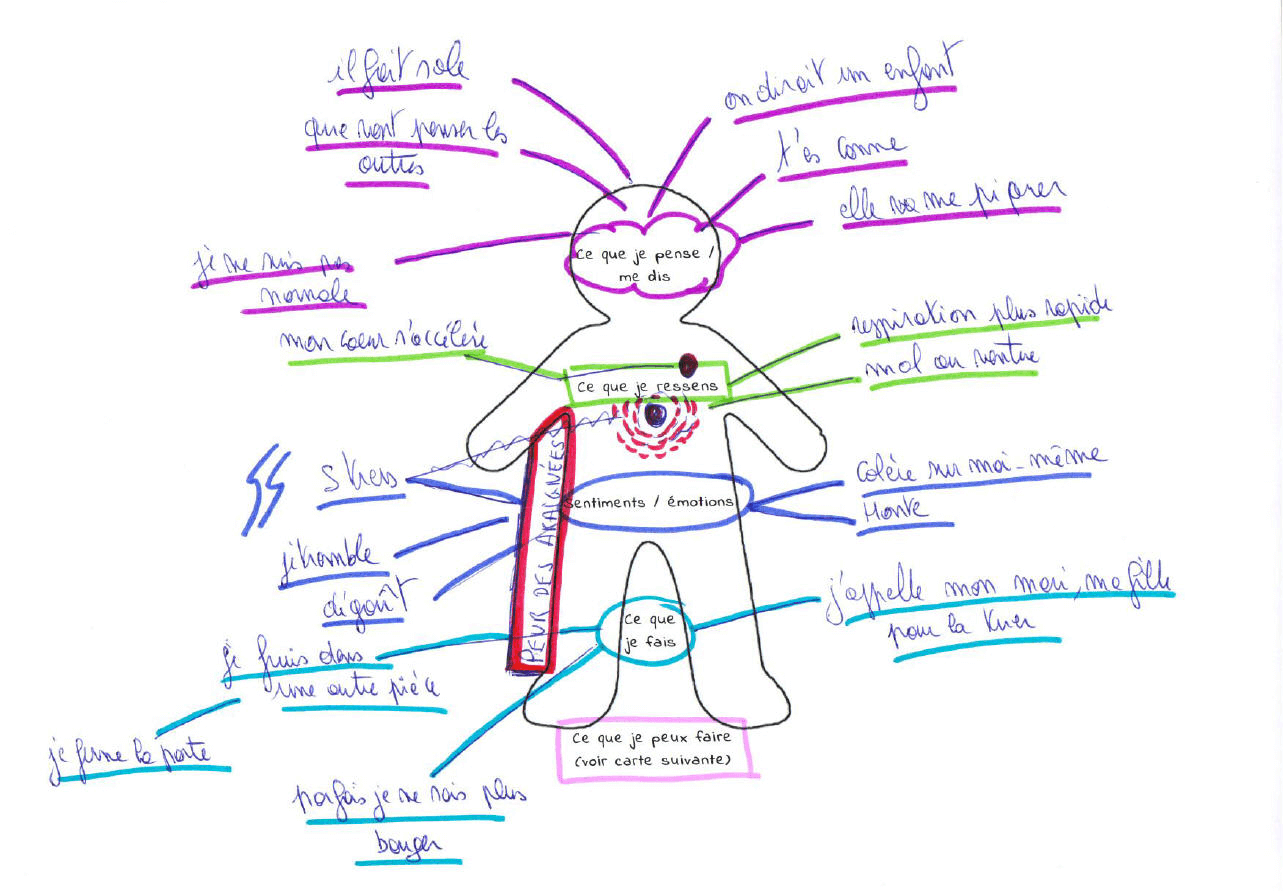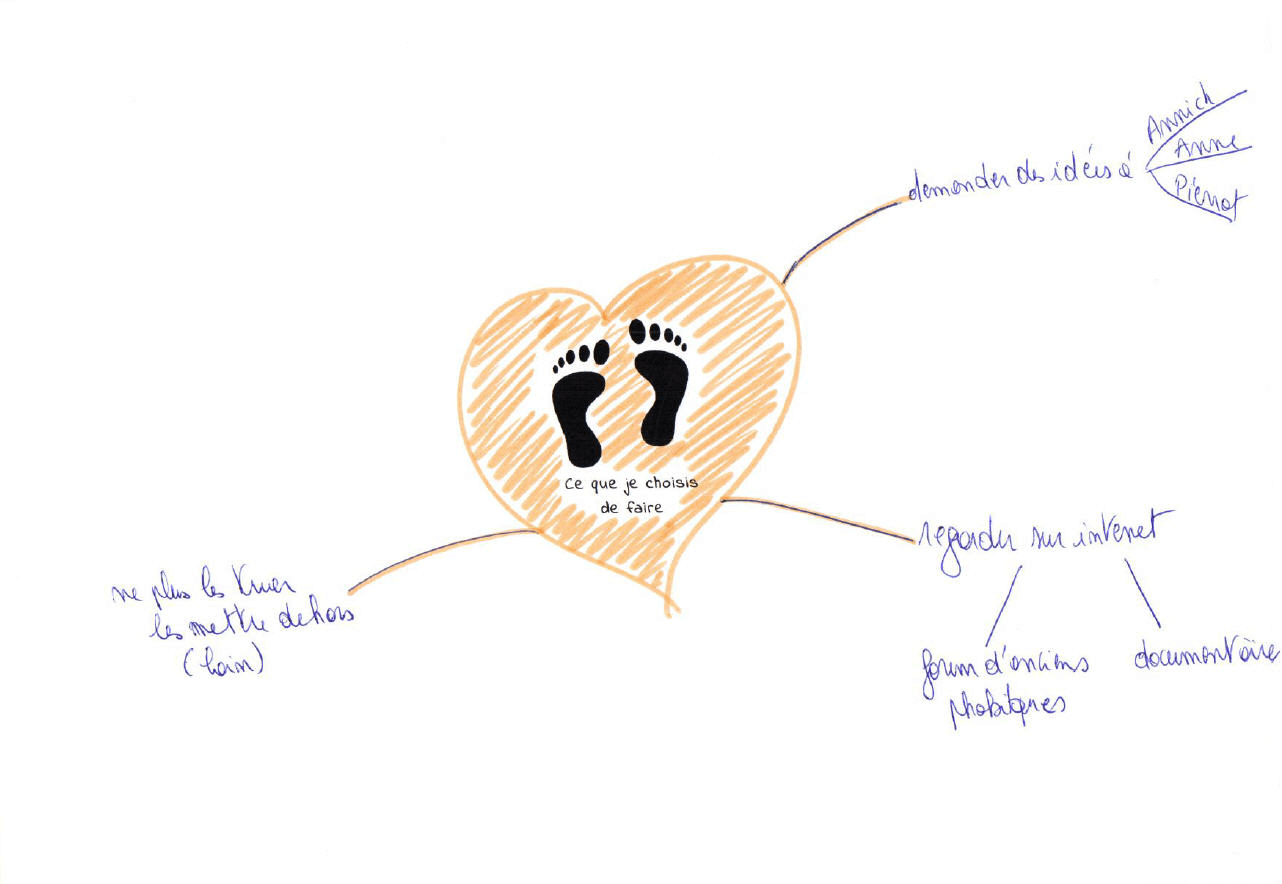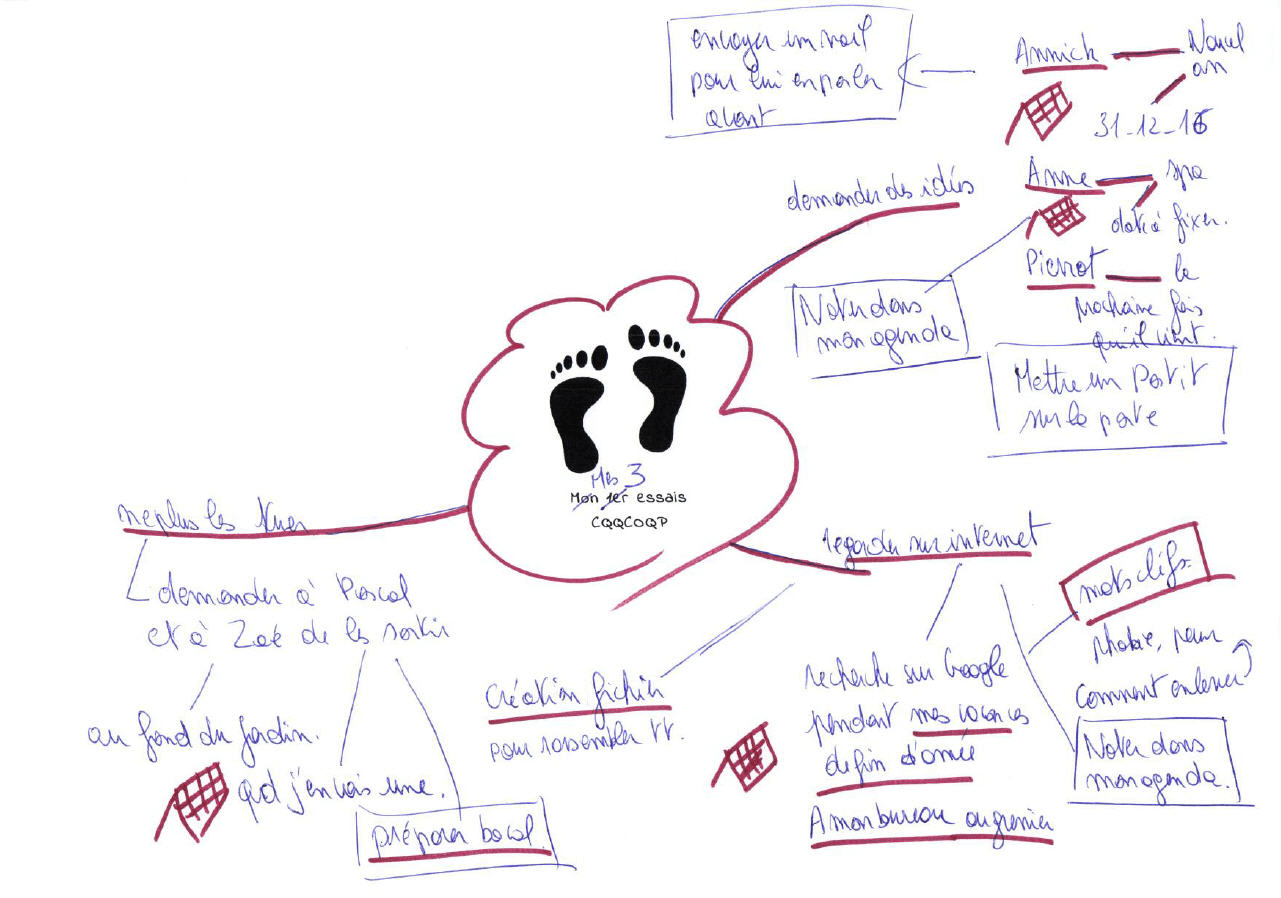Mar 29, 2018
How Fabienne uses Mind mapping in psychotherapy to help patients solve problems

Mar 29, 2018
How Fabienne uses Mind mapping in psychotherapy to help patients solve problems

We all know that mind mapping is an excellent way to help us clarify thinking, capture new thoughts and organize information. As an amazing mind mapping tool, XMind is widely used both in work and life, such as managing your time, making plans, preparing for presentation, conducting SWOT analyses, writing annual reports, and etc..
But you may not know that mind mapping is already used in psychotherapy to help patients solve their problems, which has achieved surprising results. One of our CXMs Fabienne, who has been using mind mapping in psychotherapy for some years, shared with us her experience about how to use mind mapping to transform her client’s phobias.
Why mind mapping?
Mind mapping is a technique that helps you to work more efficiently with both sides of your brain. With mind mapping, words and illustrations complement and combine both in our head and on a mind map. Customers put everything on a blank canvas: problems, resources, beliefs, values, and etc.. By finding and analyzing the relations among them in the mind map, the solution does not take long to emerge. Generally, people who are suffering only see their torments, but a mind map immediately visualizes that it is not only that. Mind map is a medium to help them fully discover their potential, understand, unify and balance their personality, and overcome obstacles in a creative way.
According to Fabienne, what differentiates mind mapping from other therapies is the transparency of note-taking. Classical note-taking only belongs to the therapists and many of their clients' questions no longer exist. But with a mind map, the client has a real overview just like his therapist, which helps him to find the relationships between things easily.
Using mind mapping to transform phobias
Here we’d like to share how Fabienne uses mind mapping to help her client transform phobias.
Individual Analysis
A male client (let's call him Joe) had a phobia of spiders. Fabienne asked him to map out what he did when he saw a spider and what was his feelings and emotions. In doing so, he was able to see his own fears, his emotions and etc. from an external perspective.

Look for Solutions
Then Fabienne and Joe brainstormed together what he could do to reduce his fears. All ideas were noted without judgment. Joe surprisingly found that a lot of things he hadn't thought of before. Until now, only his family knew about Joe's phobia of spiders. But after brainstorming Joe was pleasantly surprised to find the possibility of asking his friends for ideas.
After this phase, Fabienne and Joe created a new mind map, in which they focused on methods that could be implemented and Fabienne removed impractical ways to avoid customer frustration.

Take Actions
Then they began to test if the previously found solutions worked. If the solution didn't work, then threw it out; if it worked, kept it.

This mind map was transformed into an action plan by the HWHWWW (how, who, what, how many, where, why, what) and the action plan was pasted where Joe was most likely to encounter spiders.
Result
Months after the session, Joe successfully reduced his fears of spiders, and the situation is constantly improving.
More Posts
Xmind for Students: Hear it Straight from the Xmindists
How do college students use Xmind to achieve their studies and works?

X'Talk: How To Regain Work-Life Balance With Xmind While Freelancing?
How To Regain Work-Life Balance With Xmind While Freelancing

X'Talk: Note-Taking and Writing Essays with XMind, A College Student's Experience
Interview with Selena about how she used XMind to study


One space for all your ideas
Organize thoughts, visualize structures, connect ideas, and unlock insights.
Get Started for Free


